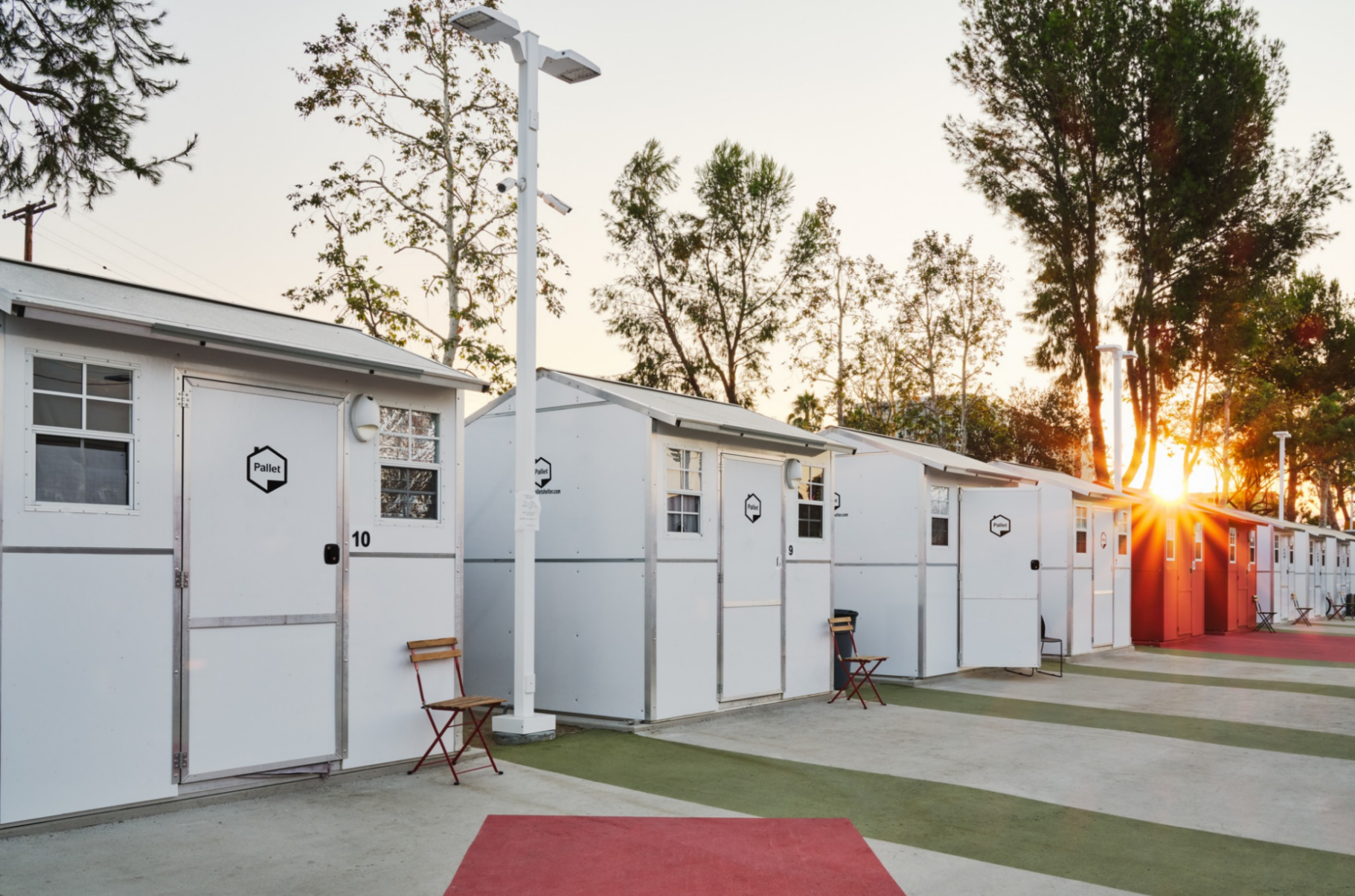January 31, 2024 · Posted by Erika Shea
Additional Pallet Shelter Questions
The questions below represent questions we have received about the CBRM Pallet Shelter Village over the last two weeks. They have come to us via e-mail and social media. Additional questions can be sent to [email protected].
What is the plan and the timeline for the village?
You say this will save lives - how?
The Province, Municipality, New Dawn, and Ally Centre are all involved – who is responsible for what?
Who are the residents and how will they be identified? How long can they stay?
What services will be provided to residents of the village?
How and why was this piece of land chosen? Were other communities in CBRM given the right to say no to a Pallet village in their community?
Will the village expand? Will there be tents outside the village?
Do the Pallet Shelters meet building requirements?
There are already repairs necessary on the Whitney Pier Heritage trail – is this going to make things worse?
What income will residents of the Pallet village have? Will they have to pay rent?
I have heard of a housing project in the Northend. Is this the same?
What are police protocols for responding to the Pallet village? I’ve heard about lockdowns at the Ally Centre – what would that look like here?
What policies are being put in place to ensure safety and cleanliness?
What about my property values?
Will there be investments in affordable housing so that people have a place to transition to out of the Pallet village?
What has it taken you so long to engage the community?

